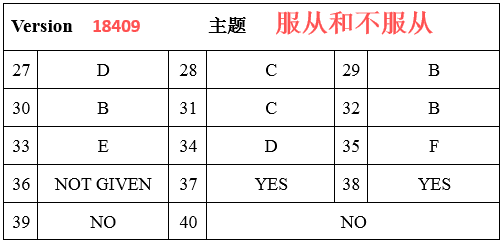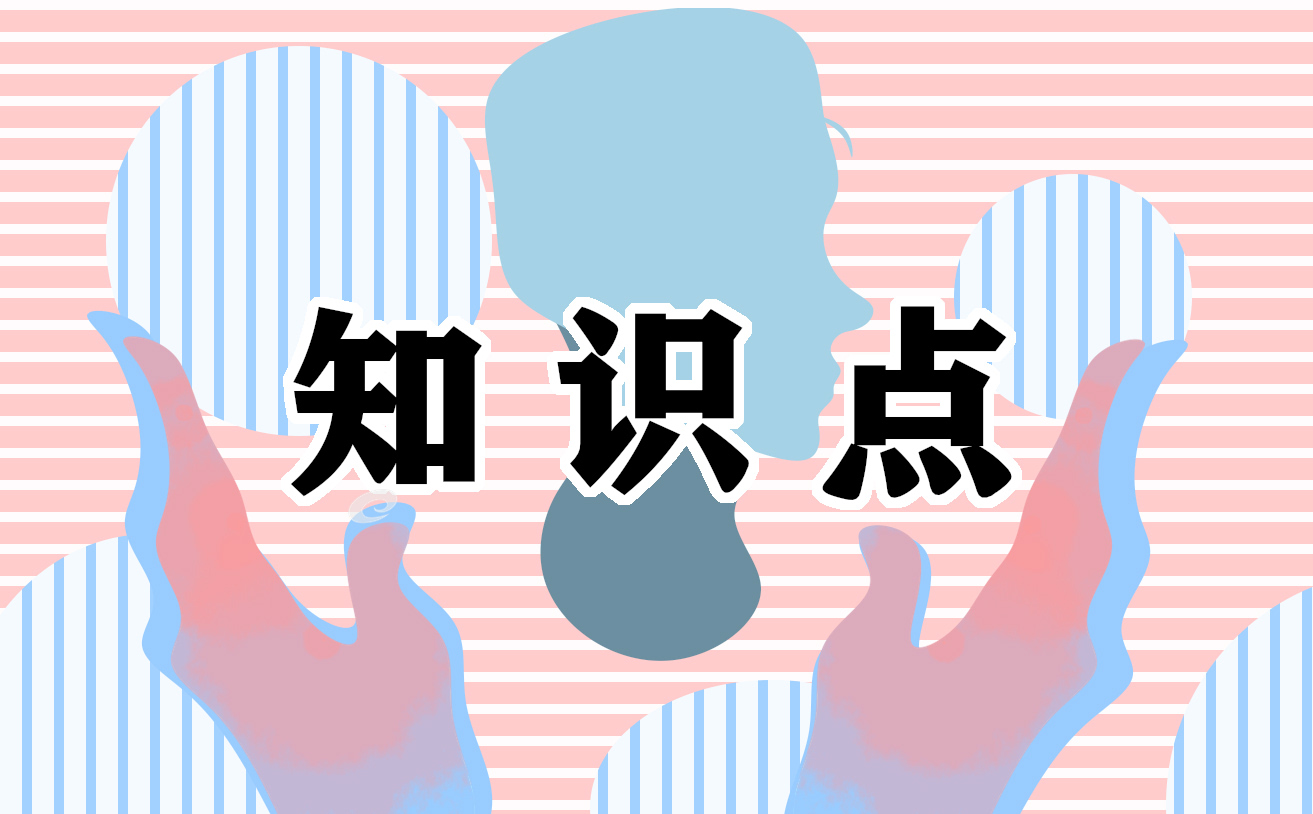托福阅读考试特点是怎样的呢,想要考高分必须了解哦。下面小编就和大家分享托福阅读考试特点解析,希望能够帮助到大家,来欣赏一下吧。
托福阅读考试特点解析
一、托福阅读的文章出处以及选材范围
作为一项语言能力测试,托福考试是考查考生能否具备足够的语言交流能力,以期在北美完成正常的学习任务和研究工作。因此,其阅读文章原型大都选自美国大学本科生使用的教材,以达到最佳的模拟测试效果。文章的选材范围极其广泛,涉及有自然科学包括:天文学、地质学、生物学、气象学等;人文科学包括:艺术美学、考古学、语言学、文学等;社会科学包括:政治学、经济学、教育学、人类学等交叉学科。从选材范围可见:托福阅读的文章内容对考生知识存储量的广度有一定的要求,但同时考虑到考生来自于不同的专业,对于其他学科往往不具备专业素质,因此为了遵守考试公平性原则,文章均不对其所述及的学科做过多深入的探讨。
二、托福阅读的文章类型及篇章段落结构
根据托福阅读文章的出处及选材范围,我们可以将这些文章归为三类:说明文、议论文、史实文。三者合一统称为:学术性文章。这种类型的文章,必须具备说理性特质,即行文逻辑大都遵循着相对固定的结构模式。
一句话:托福文章的篇章结构有规律可寻,段落组成有原则可守:
1. 学术性文章的篇章结构:
在学术性文章中,一般需要具备三个组成部分:
(1)Topic 话题:即文章的主角是什么。比如讲解某个科学理论、研究某种社会现象,探讨某个历史事件;
在托福文章中,这种导入性信息往往出现在篇首位置。考生可以根据篇首段信息对整篇文章所要讨论的核心内容有所了解;
(2)Aspects 方面:即将篇首的话题延伸拓展为若干个方面进行阐述说明。若话题为某个科学论点,则方面可能分为若干个支持论据;若话题为某种自然现象,则方面可能分为若干个内外成因;若话题为某个历史事件,则方面为几段发展时期;
在托福文章中,往往依照各个方面之间的层次关系,将各个方面拆分为若干个独立的自然段落,共同组成行文主体;
(3)Attitude态度:即文章的作者对于所讨论话题持怎样的态度。或是积极肯定,或是消极否定,或是保持中立。
在托福文章中,态度往往是被较多的淡化甚至有可能省略不提。
Topic话题 + Aspects方面 + Attitude态度,这三要素加起来就是标准学术论文体的"T+A+A篇章结构"。托福文章大都遵循这种结构,考生通过篇首段落信息来把控整个文章话题及大致讨论方向,再抓住文章的各个段落主旨,便可洞悉整个文章脉络和逻辑结构。
2. 学术性文章的段落结构
学术性文章的自然段落,一般需要具备两个组成部分:
(1)Topic Sentence 主旨句:表达段落的主旨,即本段想要表达的核心内容是什么;
(2)Detail 细节:为了详细说明段落中心含义,所罗列的相关支持内容,即本段通过哪些例证来阐明主旨句。
Topic Sentence主旨句 + Detail细节,这两个要素加起来就是标准学术论文体的"TS+D段落结构"。托福文章段落大都遵循这种结构,考生通过段落主旨句就可以把握该段的中心含义。
总结:当考生们了解了这种TAA篇章结构和TS+D段落结构的行文规律后,对文章框架的把握就会做到心里有数,更有利于提高阅读速度和定位有效信息的准确度。
三、托福阅读考试的量化指标
新托福阅读考试分为无阅读加试和有阅读加试两种。
无阅读加试的情况下,共有3篇文章,分为两个部分,第一部分为独立的1篇文章,考试时间为20分钟;第二部分为两篇文章,考试时间为40分钟,期间这两篇文章的考试时间可以自由分配。总体考试时间为两部分之和,即60分钟。
有阅读加试的情况下,在已有的3篇文章及60分钟答题时间的基础上,再加两篇文章,并作为一个部分,共计40分钟,加试期间的两篇文章的考试时间依然可以自由分配。总体考试时间为三部分之和,即100分钟。
无论加试与否,每篇文章为12-14道题目,各篇长度为700词左右。需要注意的是一旦完成了一个部分的考试便无法返回该部分内容,即进入第二部分以后便无法返回第一部分,加试同理。
托福阅读真题原题+题目
The Native Americans of northern California were highly skilled at basketry, using the reeds,grasses, barks, and roots they found around them to fashion articles of all sorts and sizes — notonly trays, containers, and cooking pots, but hats, boats, fish traps, baby carriers, and ceremonialobjects.
Of all these experts, none excelled the Pomo — a group who lived on or near the coast duringthe 1800's, and whose descendants continue to live in parts of the same region to this day. Theymade baskets three feet in diameter and others no bigger than a thimble. The Pomo people weremasters of decoration. Some of their baskets were completely covered with shell pendants;others with feathers that made the baskets' surfaces as soft as the breasts of birds. Moreover, thePomo people made use of more weaving techniques than did their neighbors. Most groups madeall their basketwork by twining — the twisting of a flexible horizontal material, called a weft,around stiffer vertical strands of material, the warp. Others depended primarily on coiling — aprocess in which a continuous coil of stiff material is held in the desired shape with tightwrapping of flexible strands. Only the Pomo people used both processes with equal ease andfrequency. In addition, they made use of four distinct variations on the basic twining process,often employing more than one of them in a single article.
Although a wide variety of materials was available, the Pomo people used only a few. Thewarp was always made of willow, and the most commonly used weft was sedge root, a woodyfiber that could easily be separated into strands no thicker than a thread. For color, the Pomopeople used the bark of redbud for their twined work and dyed bullrush root for black in coiledwork. Though other materials were sometimes used, these four were the staples in their finestbasketry.
If the basketry materials used by the Pomo people were limited, the designs were amazinglyvaried. Every Pomo basketmaker knew how to produce from fifteen to twenty distinct patternsthat could be combined in a number of different ways.
1. What best distinguished Pomo baskets
from baskets of other groups?
(A) The range of sizes, shapes, and designs
(B) The unusual geometric
(C) The absence of decoration
(D) The rare materials used
2. The word fashion in line 2 is closest in meaning to
(A) maintain
(B) organize
(C) trade
(D) create
3. The Pomo people used each of the following materials to decorate baskets EXCEPT
(A) shells
(B) feathers
(C) leaves
(D) bark
4. What is the author's main point in the second paragraph?
(A) The neighbors of the Pomo people tried to improve on the Pomo basket weaving techniques.
(B) The Pomo people were the most skilled basket weavers in their region.
(C) The Pomo people learned their basket weaving techniques from other Native Americans.
(D) The Pomo baskets have been handed down for generations.
5. The word others in line 9 refers to
(A) masters
(B) baskets
(C) pendants
(D) surfaces
6. According to the passage , a weft is a
(A) tool for separating sedge root
(B) process used for coloring baskets
(C) pliable maternal woven around the warp
(D) pattern used to decorate baskets
7. According to the passage , what did the Pomo people use as the warp in their baskets?
(A) bullrush
(B) willow
(C) sedge
(D) redbud
8. The word article in line 17 is close in meaning to
(A) decoration
(B) shape
(C) design
(D) object
9. According to the passage . The relationship between redbud and twining is most similar to the
relationship between
(A) bullrush and coiling
(B) weft and warp
(C) willow and feathers
(D) sedge and weaving
10. The word staples in line 23 is closest in meaning to
(A) combinations
(B) limitations
(C) accessories
(D) basic elements
11. The word distinct in lime 26 is closest in meaning to
(A) systematic
(B) beautiful
(C) different
(D) compatible
12. Which of the following statements about Pomo baskets can be best inferred from the
passage ?
(A) Baskets produced by other Native Americans were less varied in design than those of the
Pomo people.
(B) Baskets produced by Pomo weavers were primarily for ceremonial purposes.
(C) There were a very limited number of basketmaking materials available to the Pomo people.
(D) The basketmaking production of the Pomo people has increased over the years.
PASSAGE 3 BDCBB CBDAD CA
托福阅读背景知识汇总之睡与梦
睡与梦( dream and sleep)
梦是生活中难解之谜,自古以来引起各种各样的解释和猜想。释梦几乎是精神分析医生及占卜者所独有。笔者就近期对脑电波、香味、音乐与气功的研究科学观点出发,尝试努力把哲学、生理学、心理学及脑科学知识融为一体客观地去探索“睡与梦”的机理,寻找启发性新理论来满足科学及哲学范畴对“睡与梦”解释的需要。透过对“睡与梦”探讨过程,希能使朋友们更好地去认识您自己,发掘自己的潜能。
2020托福阅读考试特点解析相关文章:
★ 党员考试练习试题
2020托福阅读考试特点解析
上一篇:怎么才能让gre阅读时间不紧张
下一篇:返回列表






